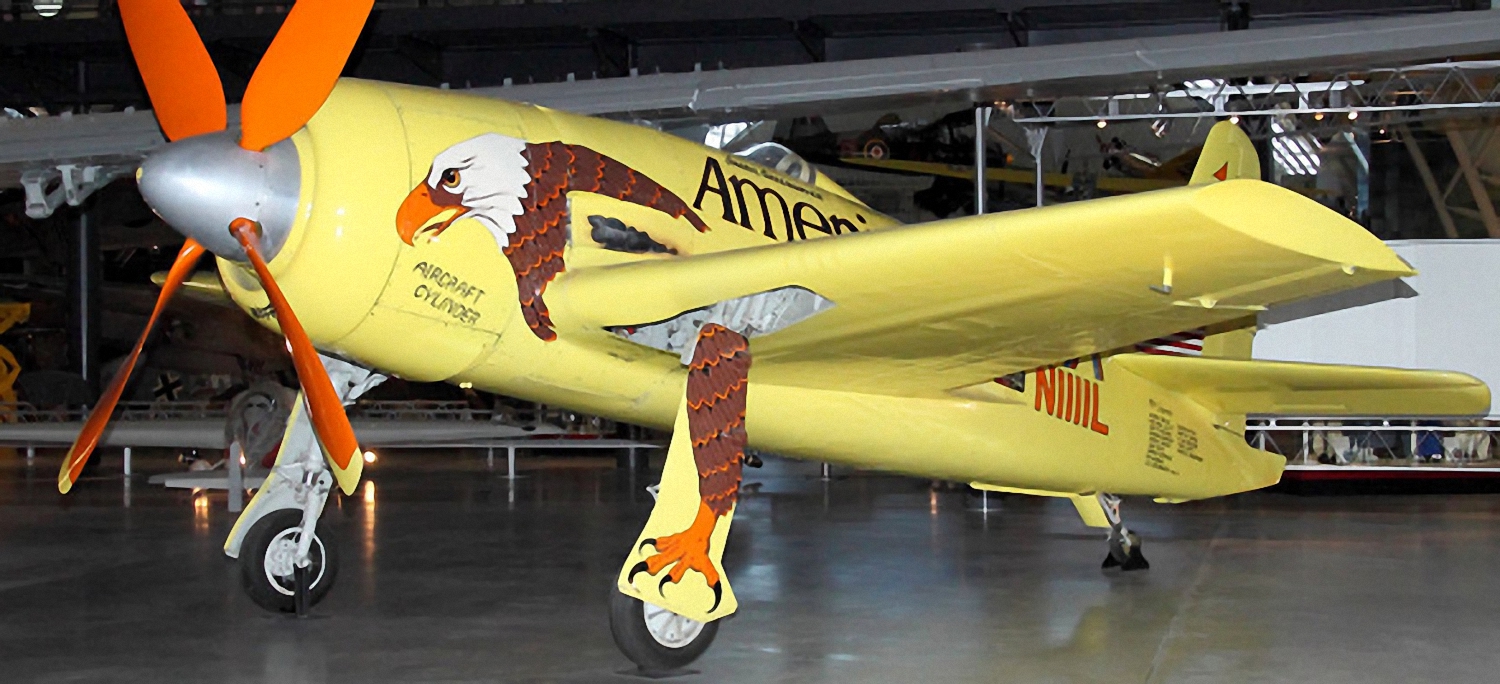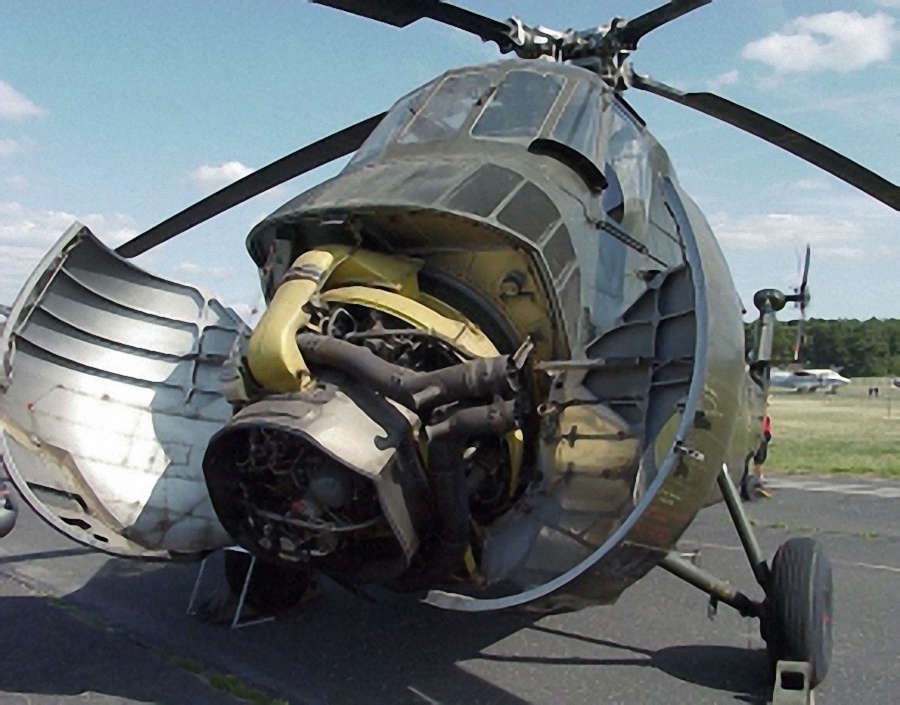The History of the Radial Engine

Source: www.spiegel.de
1927
With a single radial engine Charles Lindbergh flew the 6000 km from New York to Paris in his “Spirit of St. Louis” without a stop.

Source: www.bredow-web.de
1930
With 12 radial engines a Dornier flying boat (DoX) took off with 160 people on board over the Lake Constance in 1930 and later also on long-distance flights.
From 1930 on three strong radial engines made the Ju 52/3m (Auntie Ju) a legend for many years.

Source: www.wikipedia.de
The radial engine scenes were originally dominated by the Whirlwind, USA, which was placed in the Spirit of St. Louis and initially also in the FW 200. The BMW-“Bramo”, which was mainly built into the FW 200 and Ju52, soon became just as important and was at least of equal value.

Source: www.bredow-web.de

Source: www.wikipedia.de
1938
In 1938 four radial engines pulled an FW 200 “Condor” the 7000 km from Berlin to New York in just under 25 hours; Captain Henke and his crew left their plane in NY washed, shaven and in flawless uniform and thus ended the adventurousness of flying. During permanent west wind over the Atlantic they needed only just 20 hours for the same distance on the way back.
World War II interrupted almost all civilian aviation and brought a sad chapter for the radial engine – in the form of B17, B29 (e.g. Hiroshima and Nagasaki), Beaufighter, FW 190, Mitsubishi “Reisen” (“Zero”) etc.
Reconciliatory the Super Constellation (Superconny) appeared after the war with its all-weather pressurized cabin, whose 4x2800 PS double radial engines with compressors pull the wonderfully aerodynamic designed plane over continents and oceans through the stratosphere with almost 500 km/h (as so-called “Star-liner”).

Source: www.superconstellation.org

Source: www.wikipedia.de
1947
Not to forget also the Super flying boats like the “Spruce Goose” (it got its name because it is completely built of wood) with its 8x3000PS-quadruple-radial engine (28 cylinder) which its creator, Howard Hughes, navigated during its short and only flight in 1947 – as well as “Princess” from Sounders-Roe with its ten 3780PS engines in six engine nacelles.
These two last mentioned airplanes didn’t follow the contemporary development. They remained in a state of stagnation.

Source: www.atomictoasters.com

Source: www.fotocommunity.de
Also worth mentioning as “everlasting” is the double hulled “Noratlas” with its two engines (e.g. Bristol Hercules which spent 40 years in rough transport service).
Bottom line the radial engine is usually the admired one compared to the inline engine no matter if as single line, V.-, W.- or boxer-engine – especially because the radial engine can usually manage with air cooling instead of the heavier fluid cooling.
Unmistakable is the radial engine with its “wooden” but sonoric sound.
Well, the radial engine is history (or not?); in any case it has a growing circle of model airplane builders – also based on its functional quality, ...

... that builds radial engines even as a 9-cylinder (e.g. Andreas Heilemann), who will soon even build an 18-cylinder double radial engine.

Maybe also the presented two-stroke engine can be realized (that can be counted as novelty so far).


Source: www.mbike.com
In the long run radial engines weren’t successful in the vehicle industry such as in automobile manufacturing or in the two-wheeler technology.
Among these is also a very elegant American car in the form of a torpedo from the early 1930s.
It is a pity that the early inventors of radial engines like:
- - Felx Millet, 1888 (France)
- - Lawrence Hargrave in the 1880s (Australia)
- - F.D. Farwell 1896 (USA)
The cylinders in these early engines were made of gray cast iron which resulted in massive cooling problems; the brothers solved the problem by fastening the crank shaft and letting the engine rotate with the propeller. These engines are characterized by a very smooth running. The cooling problem was solved with enough air fanned to the cylinders by the circulation. For the first time the weight problem was also solved in an engine – in contrast to the previous engines with up to 4.5 kg/PS, it was the lightest at the time with only 1.5 kg/PS; at any rate, at that time the engine flight world was lying at this motor type’s feet. Problems did occur with high gas and oil consumption – also the torque due to the enormous mass brought some problems into the very light airplane structures.cells. Unfortunately World War I broke out soon hereafter and the peaceful engine quickly became part of the war machinery – also as license to the German engine factory Oberursel a double radial engine was developed in times of peace which achieved 160 PS (as opposed to 80 PS in single engines) and pulled a race monoplane from Deperdussin (FR) as winner over the 200km/h line.

A few days before Lindbergh, the French pilots Nugesser and Coli started from Etretat (where there is also a memorial) with their W-inline engine plane “Oiseau blanc” (white bird) to cross the Atlantic. However they never arrived. One can assume that they ran out of gas during the usual west winds or that the engine failed. The plane was last seen at the Irish coast. Crossing the Atlantic from east to west succeeded for the first time two years later in 1929, and that only by the skin of one’s teeth. A Junkers W33 (with an inline engine though) flew from Ireland to the American sphere with with the following crew: Köhl, v. Hünefeld and Fitzmaurice.

It is quite tragic that the most famous French pilots like Nungesser and Coli have gone missing. Other famous pilots who have gone missing: Mermoz (the first to cross the Andes) in his 4-engined flying boat “Croix de Sud” over the Atlantic; Collenot (Mermoz’s former flight mechanic) over the “black pot”, the southern Atlantic; Saint Exupery (“Saint-Ex”) over the Mediterranean. Also the fighter pilot Guynemer has gone missing during a flight during World War I.
An interesting version of the also four-stroke radial engine, however with sleeve instead of disc control. This engine was first dismissed as unfeasible fantasy, but then eventually became another Everlasting. Two concentric thin-walled sleeves with inlet and outlet windows are placed between the pistons and cylinders and are steered with an elaborate transmission. This engine was not only built in middle transports but also in the heavy Beaufighter, which the Japanese called “the whispering death” during the war.
Epilogue
With the Superconny the era of large airplanes with radial engines – and piston engines in general – came to an end; The planes with turbo-prop (Vickers, Tupolev) and then the Jets (e.g. Comet, B 707, Caravelle) brought a new age. To finish the more than 50 years of radial engines, be reminded of the speed closing record again: 1938 Fritz Wendel set a record on a Me 209 that was only just broken 30 years later by the Grumman Conquest.



With the gyroplane (here with Hanna Reitsch) and with the helicopter by Sikorski the radial engine “went up”. With the Superconny individualism also came to an end. Especially for the BOACin the radial engines in the relatively small airframes there were four classes:
TouristClass > BusinessClass > FirstClass > MajesticClass
There is nothing like doing things in style. The well-educated stewardess which only went on board after a harsh preselection and then hard training, is now replaced by “flight attendants” with strong support arms.

Johannes Müller
